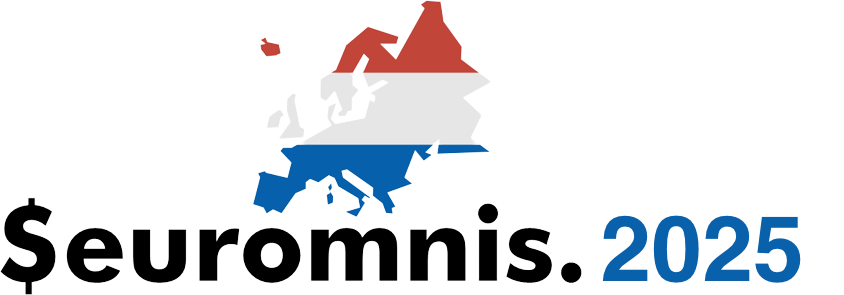Obrowser is a sparkling gem in the Omnis Studio toolset that gives access to a lot of web based services.
This session covers leveraging geographical information in Omnis Studio using open source tools with Omnis’s oBrowser capability. The presentation will cover the following items
- Database setup for GIS data – what is needed to store maps layers and coordinates in the database
- GIS tools for creating maps – the open source tools needed to work with maps in the database. Eg. QGIS will be used to demonstrate creating a map and any layers that apply to the map.
- Where to source your maps – such as OpenStreetMap and Geofabrik for anywhere in the world.
- Setting up a system to publish GIS information:
- using Geoserver to publish QGIS maps and
- OpenLayers to serve up those maps in oBrowser in Omnis
- Communicating with the map engine from from Omnis Studio
- Demonstrating the use of the GIS information for:
- GPS tracking in realtime
- Examples of using GIS data in an election – location of polling stations, canvasing tracking, results of each riding in the election
- Modifying Map data being displayed
- Discuss potential other uses and a little about data distribution
Attendees will have hand on exercises that implement the concepts and a “how to” document to help set up up your first mapping application


